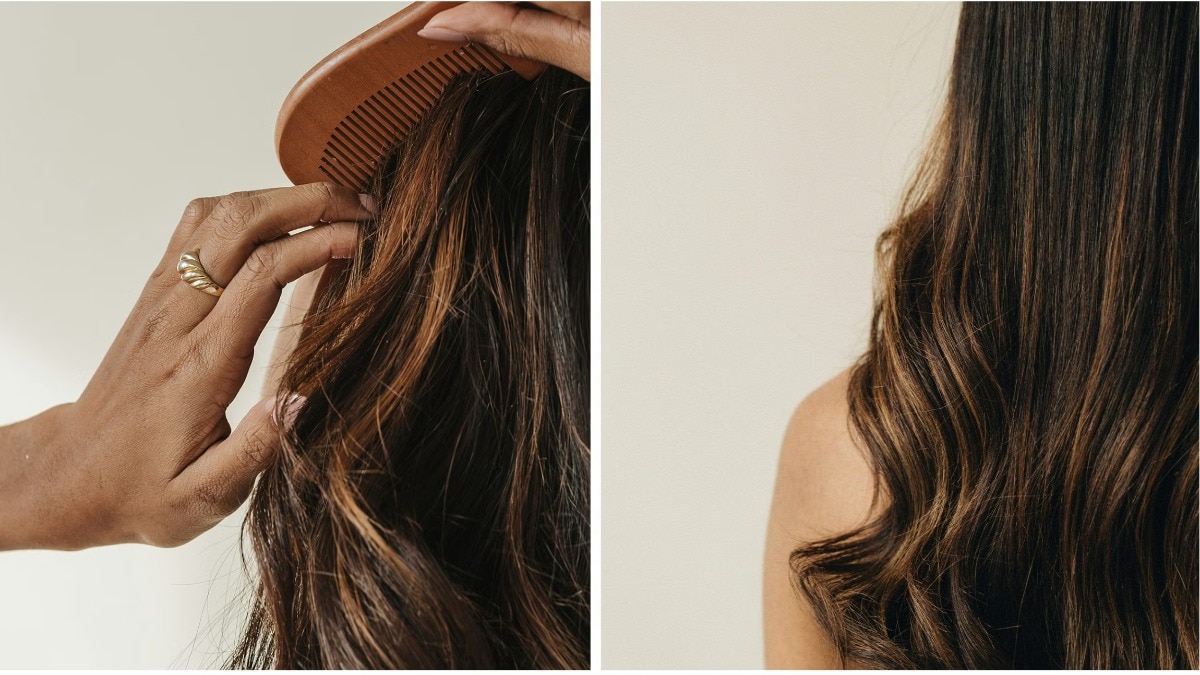Is azelaic acid the ingredient your acne-prone skin is looking for?
There's a reason why it's called the underdog of the skincare world.


There is a reason the underdog plotline is so common in cinema. Who doesn’t love watching someone that no one is betting on come out on top and win the game? It fills us with hope and reminds us that anything is possible if you work hard and never give up. Let's talk about one such underdog of the skincare world—azelaic acid. This unassuming ingredient might not have the marketing skills to compete with retinol or hyaluronic acid, but what it lacks in self-publicity it makes up for by being a better choice for everyone with dry, acne-prone, and sensitive skin.
A lot of us assume that to treat stubborn acne or hyperpigmentation, we need active ingredients that are extremely concentrated. But that is a misconception; one that does more damage than good. Stronger actives are harsher on your skin and can make it flaky and irritable. That’s where azelaic acid comes in—a competent anti-acne warrior that also moonlights as a gentle exfoliant. This active deserves more recognition than it gets, especially considering that it is one of the few ingredients that not only gets along well with others but is also safe to use during pregnancy.
What is azelaic acid and how to use it?
In a nutshell, azelaic acid is a dicarboxylic acid which is derived from grains such as rye, wheat, and barely. However, for skin care, the ingredient is often produced in the lab to ensure a more stable version with minimal side effects (we’ll come to that).

Azelaic acid can be prescribed in two concentrations—15 per cent (called Finacea) and 20 per cent (called Azelex). We know both of these are extremely effective because they have been extensively studied. In fact, a 2006 study published in JAMA Dermatology with 873 participants concluded that these formulations were effective when it comes to treating skin conditions such as rosacea.
The available non-prescription products are safe to use, and this was proved by another study published in the Journal of Medical Sciences. All 40 participants of the study showed improvement in their acne after using a 10 per cent azelaic acid gel for eight weeks. You can try The Ordinary’s Azelaic Acid Suspension 10% or SkinQ’s Acne & Oil Control Serum. These have a lesser concentration of azelaic acid but deliver note-worthy results.
Whichever concentration you’re thinking of introducing to your skincare regime, Dr Renita Rajan, medical director of Rednder Skin and Hair advices to begin with short contact therapy (it involves applying an active ingredient to your skin for a reduced amount of time) and gradually building it up. She says, “Azelaic acid can be used everyday but it may take four to six weeks to show results in terms of post-acne PIH, but don’t expect it to prevent new acne from coming up.”
Benefits of azelaic acid
Fights acne
Azelaic acid is brimming with anti-bacterial properties which helps in our war against acne. It does away with P. acnes (the bacterium most commonly linked to acne) and, according to a study, also reduces follicular hyperkeratinisation, which is the abnormal shedding of skin cells that lead to regular breakouts.
Dr Rajan suggests, “Use it as a spot cream. Apply a light layer on the acne and do not massage or rub it into the skin as that may increase irritation. It’s best not to spread out the product too much.”

Gently exfoliates
Along with battling acne, azelaic acid also gently exfoliates the skin to rid it of all impurities. It dives deep within pores to unclog them and get rid of the dead skin cells that might be making your skin dull. As azelaic acid is milder on your skin than AHAs (namely glycolic, lactic and mandelic acids), it is an ideal choice for dry and sensitive skin.
Evens skin tone
According to Dr Ranjan, azelaic acid is a pigment-reducing agent that works by blocking tyrosinase, the main enzyme involved in melanin production. This enzyme is leads to hyperpigmentation, dark spots, and leftover acne scars. By blocking it, azelaic acid reduces melanin production and, in turn, evens out the skin tone.
Treats rosacea
Azelaic acid is an extremely effective treatment for rosacea because its anti-inflammatory properties help with pore-clogging and fight all the infections that could potentially arise because of the condition. It also helps that it is the gentler option and best suited for your sensitive skin.

Side effects of azelaic acid
Dr Ranjan says that some people might immediately experience a little irritation or tingly sensation on the skin after using azelaic acid. Other common side effect includes skin peeling at the site of application, skin dryness and redness. If these ramifications persist or you start experiencing fever, hives, swelling or difficulty in breathing, contact a doctor as this might indicate an allergy. After all, even overachievers have their flaws.










